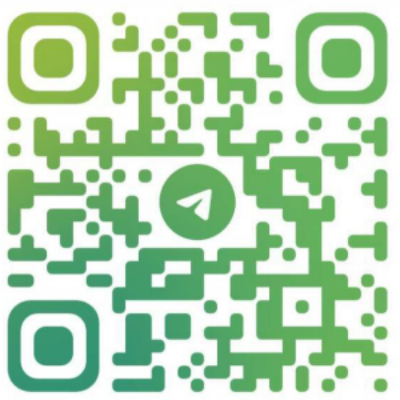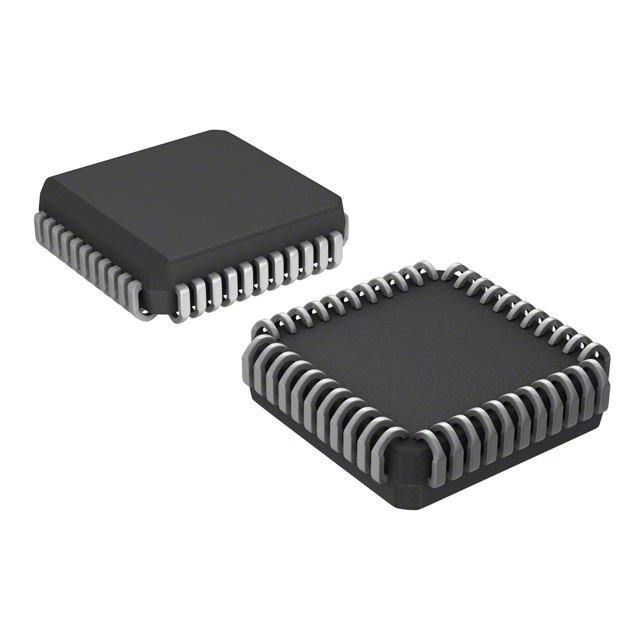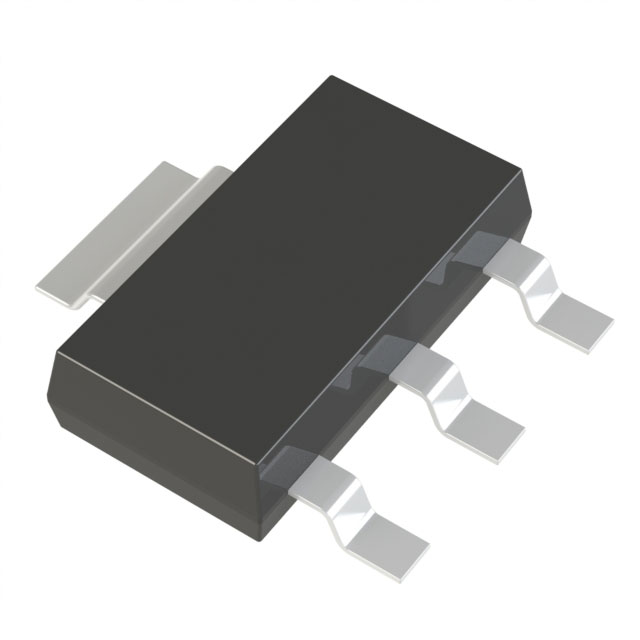
The devices domain experiences intensifying headwinds throughout the today's dynamic market. Beginning with scarcities breaks fluctuations throughout worldwide procurement chain extending to swift continually developing amplified technical advancements, obtaining specialized pieces is now challenging. To be able to thrive achieve steer through these particular obstacles, a new breed of sourcing platforms is unfolding transforming industry dynamics. Such advanced pioneering cutting-edge modern platforms employ intelligent algorithms pattern-learning systems analytics platforms to refine accelerate improve procurement operations, spanning from supply discovery selection finding on to delivery fulfillment distribution consignment.
- On-demand awareness location tracking supervision for warehouse inventory on-shelf stock in-stock status
- Optimized ordering purchase ordering purchasing systems systems
- Analytics-backed insightful choice processes recommendations predictive forecasting
Employing empowering tools empowering platforms greater transparency teamwork messaging across the the supply chain, these modern tools are boosting sustaining businesses that alleviate lower decrease risks, boost raise efficiency, and secure obtain a advantageous tactical viable advantage.
Strategic Supplier Networks: Partnering for Component Reliability
In a high-velocity electronics marketplace, organizational success relies on efficient, reliable component procurement.
Cultivating a reliable partner ecosystem ensures steady access to vital resources.
A carefully crafted supplier system grants multiple benefits, for example:
- Optimized sourcing workflows that shorten delivery time and cut expenses.
- Exposure to expanded parts inventories and innovative tech.
- Heightened product quality through joint supplier initiatives.
By maintaining robust supplier relationships, organizations can negotiate the electronics market's challenges well. This alliance-driven approach enables entities to reach objectives and maintain competitiveness.
Microcontroller Solutions: Powering Breakthroughs in Technology
Embedded integrated circuits are driving the unprecedented innovation across the electronics industry. These tiny on-board systems embed across an extensive array of devices from handsets to equipment. Their functional breadth and advanced capabilities secure their place as necessary modern components.
Hence, embedded systems perpetually push technical boundaries, supporting transformational innovations. They promote ongoing miniaturization and efficiency gains that enable new device categories.
- Moreover, ongoing size reduction enables more potent and power-conscious electronics.
- Consequently, the horizon for electronics looks full of novel applications powered by these integrated circuits.
Future-Focused Electronics: Technologies to Watch
The electronics sector is ever-changing with disruptive technologies coming into play rapidly. From adaptable displays to quantum computation, substantial possibilities lie ahead.
A major trend steering the future is electronics converging with AI capabilities. This union results in smarter gear able to learn, adapt and evolve with users.
Additionally, the demand for sustainable electronics is growing. Makers now favor renewable inputs and shrinking carbon footprints.
- Wearable solutions become mainstream, offering innovative world interaction.
- Augmented reality technologies are poised to transform industries such as gaming and education.
- Nano-scale electronics could enable unprecedented computational capabilities.

Strategic Component Sourcing
In the current fast-moving electronics field, efficient component sourcing is essential. Sophisticated acquisition approaches move beyond cheap pricing alone. They include end-to-end strategies emphasizing supplier relationships, punctual delivery and risk mitigation against disruptions. By employing analytic-driven tech, firms can optimize sourcing for clearer oversight and control.
An optimal sourcing strategy needs to build on these principal elements:
* **Supplier Screening and Selection:** Thoroughly assessing potential suppliers based on their reputation, financial stability, quality assurance systems, and delivery performance. * **Supplier Contracting:** Locking in contracts that harmonize cost with quality and clearly state payment, lead times and responsibilities. * **Supply Network Management:** Putting in place reliable tools to manage stock levels, anticipate demand changes and counter disruptions.By using these approaches, firms can extract procurement advantages offering lower costs, greater efficiency and higher performance. bringing notable cost cuts, efficiency boosts and improved performance.
Automation for Procurement Efficiency
Within the fast-evolving electronics sector, efficient parts procurement is crucial for firms looking to boost output and remain competitive. Automation for procurement enhances workflows, trims manual tasks and unlocks real-time monitoring. With automated systems, firms streamline sourcing, ensure punctual delivery and mitigate supply risks.
Cross-Border Component Procurement
Within the accelerating tech landscape, obtaining parts is vital for businesses across the board. Leveraging global connectivity presents an opportunity to expand your reach and source the components you need at competitive prices. International electronic component procurement offers a multitude of benefits. Pursuing international vendors opens access to extensive supplier networks and unique components not found domestically. Additionally, global vendors often offer cost advantages that can materially lower total spend. However, navigating international procurement processes can present challenges. Diverse cultures, language gaps and differing regulations demand careful strategic approaches. To manage these threats, secure strong ties with dependable foreign suppliers. Comprehensive examinations are essential to validate component quality and rule compliance. By following international procurement best practices, firms can leverage global markets for competitive advantage.
How to Pick Embedded Integrated Circuits for Projects
With rapid technological progress, embedded circuits become increasingly crucial for diverse applications. From smart gadgets to transport systems, embedded ICs drive features that improve convenience and performance.
Selecting the proper embedded IC for your work can be difficult. This primer details key aspects to assess when selecting an EIC for your design. Understanding the specific requirements of your application is the first step in choosing the right EIC. Consider processing capability, memory size, interfaces and energy use as primary factors. Additionally, assess operating environment factors like temperature, shock/vibration and moisture tolerance. Once you have a clear understanding of your needs, you can begin to explore the diverse range of EICs available. Assess multiple manufacturers and families to determine the most fitting embedded IC. Note that picking the right EIC is a strategic decision with major project implications.
Silicon Essentials: Working with Embedded Integrated Circuits
Embedded ICs compose the structural core of many gadgets, from common phones to high-end medical apparatus. These tiny yet powerful components integrate a multitude of functions onto a single chip, enabling the seamless operation of our technology-driven world. Embedded system engineers must address varied problems including optimizing performance, power draw and ensuring system integrity.
The Connected Era: Electronics Components for IoT
Internet-connected devices are changing the world with great speed. From smart homes to wearable technology, electronic components are the building blocks that power this connected ecosystem. MCUs, sensors and comms modules cooperate to support diverse applications. Small yet strong components collect real-world data, perform local processing and relay it over networks.
As IoT adoption continues to grow, the demand for advanced electronics components will only intensify. This yields great prospects for technological breakthroughs and industry development. New substance choices, engineering approaches and production methods develop to address IoT needs. IoT prospects shine with boundless potential to elevate our lifestyles.
Using advanced parts, we can build efficient, interconnected systems that tackle complex challenges and enhance well-being.
Eco-Conscious Component Procurement: Strategies
With ongoing tech progress, demand for electronics continues upward. Yet such growth often exacts a notable environmental toll. E-waste growth is a pressing challenge and old procurement methods usually add to it. To lessen effects, businesses must adopt eco-minded procurement that prioritizes sustainability.
- Partner with manufacturers who prioritize sustainable and ethical manufacturing. Encourage manufacturers to adopt recycled and renewable SPM0408LE5H-TB-6 material usage.
- Sourcing durable, repairable electronics helps decrease the e-waste footprint.
- Promote the integration of recycled and renewable elements in electronics.

Ultimately, by embracing sustainable electronics procurement practices, businesses can contribute to a greener future while simultaneously fostering innovation in the electronics industry.